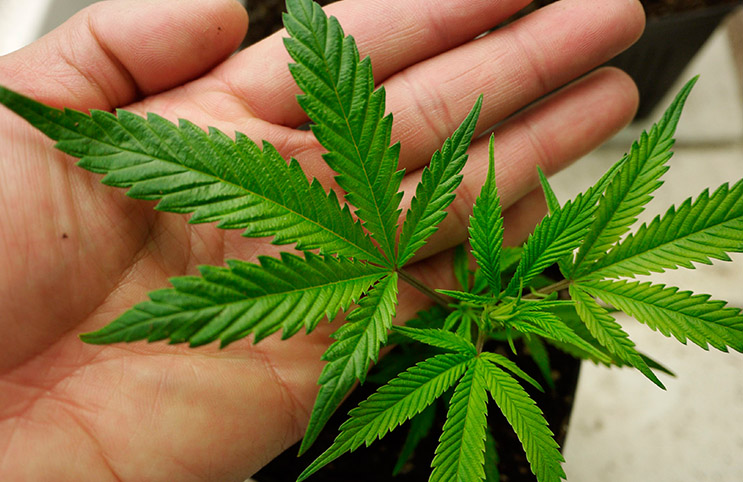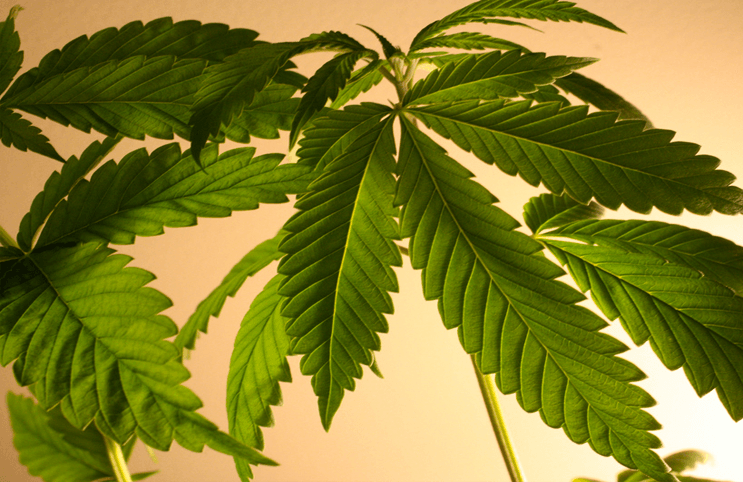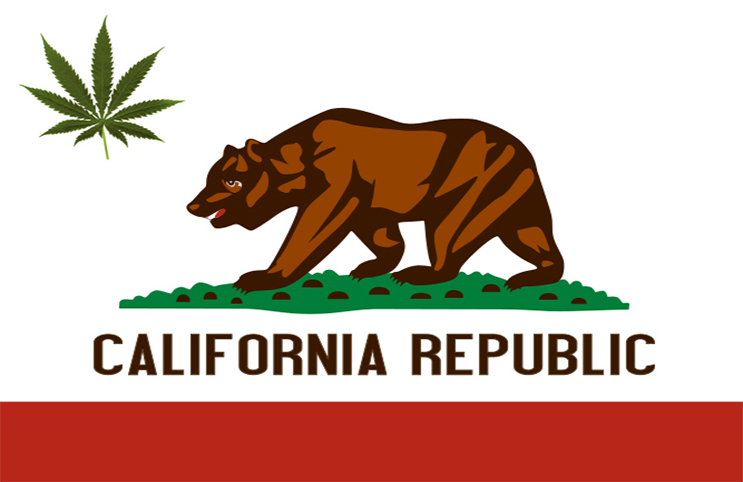A Purdue Extension field day on August 25th will be the main focus of the legalities, logistics, and potential of hemp production. Hemp is one of the oldest crops, and at one point, was the main source of oilseed, as well as Fiber, in America; the industry flourished for centuries until it was finally shut down in 1937. However, in 2014, the growth of industrial hemp was legalized, and now researchers are trying to make up for almost eight decades of hiatus. Fields of land have been filled with industrial, hemp by research to figure out basic logistics, such as what soil to use, what nutrients to add, etc.
“This field day will allow the public to see hemp production firsthand – in one of the worst growing seasons in Indiana history. We’ve used our present experience growing hemp and years of additional experience with other cropping systems to inform our production practices. What we have learned sometimes conflicts with the ‘conventional wisdom’ found on the Internet, but we invite people to come see for themselves,” is what Janna Beckerman had to say.
There will be many topics touched upon during the field day: farming hemp, managing insects, producing organically, nutrients, and budgets. In addition, The Indiana Industrial Hemp Association will be presenting information. There will be two three-hour sessions, both of which will be containing the same information. Another big issue will be that there are still many legal issues when trying to join the hemp industry. Cannabis sativa is still being strictly regulated under many laws. On top of regulations, the plant is classified as a narcotic by the DEA. Although it is legal to grow hemp for research purposes, it remains illegal to grow it for commercial purposes.
“But that will likely change,” said Ron Turco, professor of agronomy.
Hemp has two main uses; it may be harvested for its seed or fibers. Seeds are useful sources of oil, and they are also healthy sources of protein to feed animals. In addition, the plant makes fibers that may be used for textiles. Rougher fibers may also be used for both fiberglass and building materials. The lower side of the plant is made of a tough material that can be used in a cement mix that is strong, carbon dioxide absorbent, as well as recyclable called “hempcrete.” The US spends almost $38 million annually on hemp imports for fiber and seed from China and Canada. The value of all United States hemp products reaches up to $600 million a year.
MAPH Enterprises, LLC | (305) 414-0128 | 1501 Venera Ave, Coral Gables, FL 33146 | new@marijuanastocks.com









